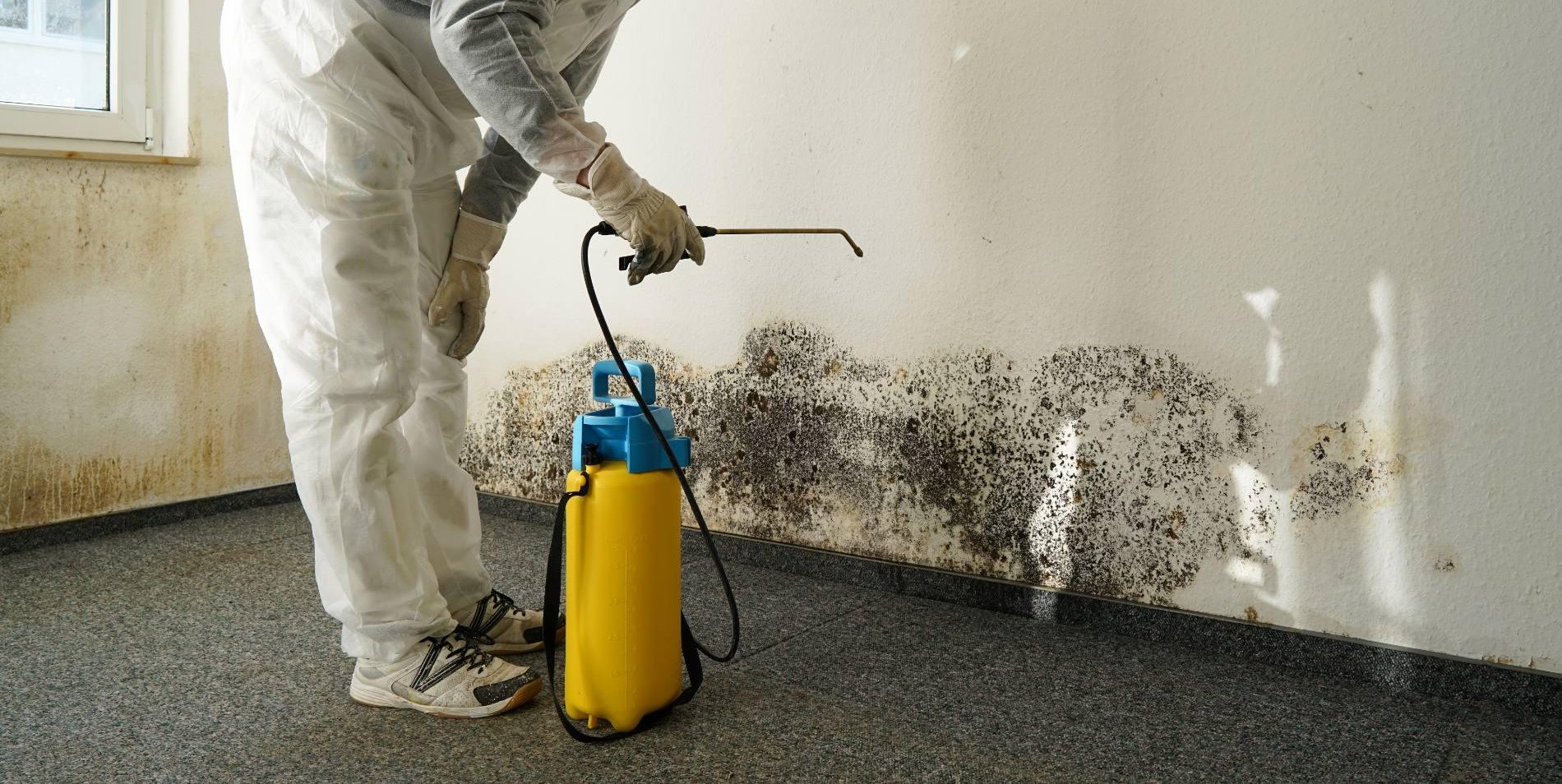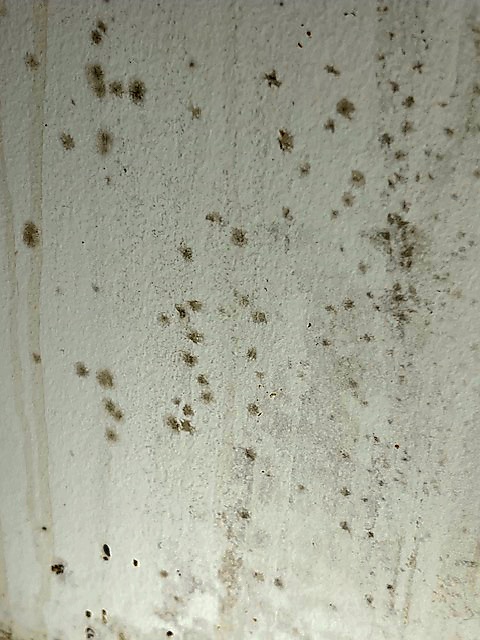
NYC and Tristate Mold, Water Damage, Indoor Air Quality Remediation

Welcome To Envirobliss
Pioneering Solutions Since 2007
Your Indoor Environmental Solutions Expert In New York
Your Holistic Well-being Matters To Us
Our mission, is to help create healthy homes and workplaces free of toxic mold and other indoor air quality problems. We are committed to health as we assist our community and clients by developing a greater awareness of environmental problems that affect their homes and offices.
Our goal translates from making awareness into something positive by correcting such problems. Our remediation methods and the products we use are
effective and yet harmless. We don’t want the cure to be worse than the mold. Want the peace of mind that your home is as healthy as it can be? We are here for you! Though based out of Brooklyn, our team travels and has worked with clients as far away as Alexandria, VA, State College, PA, and Hartford, CT.

Certified Excellence In Indoor Environmental Remediation
Studies show that each year, millions of people worldwide prematurely die from illnesses due to indoor air. Poor household indoor air quality is a persistent public health issue most importantly now that many families are spending more time at home. Click here to read more.
We specialize in indoor air quality and remediation. We only staff experienced, licensed technicians. Our goal is to boost higher productivity through highly skilled engineering in the removal of mold and other indoor inhabitants that threaten the safety of the environment of millions of homes and businesses throughout the tri-state area. In contrast with conventional mold remediation firms, we use non-toxic products that have stood the test of time, which not all green products do. EnviroBliss promotes cleanliness in all surroundings to ensure safety, home health, comfort, and productivity. Want the peace of mind that your home is as healthy as it can be? We are here for you!


Expertise Beyond Standards: EnviroBliss pioneers innovative, ACAC-certified technicians for superior indoor environmental quality.

Holistic Well-being Assurance: Our services prioritize health, safety, and satisfaction, ensuring complete well-being.

Cutting-edge Remediation Techniques: Utilizing glycerine-based fogging, we eliminate suspended environmental threats with unmatched precision.
Identifying And Eliminating Environmental Threats
From discoloration on water-damaged surfaces indicating fungal growth to microbial issues within HVAC systems leading to sinusitis, we tackle various environmental problems. Our expertise extends to NYC Building Code requirements for exhaust openings in bathrooms and kitchens, ensuring a healthier living space. Trust EnviroBliss to safeguard your well-being through meticulous evaluations and effective remediation, making your indoor environment blissfully healthy.




Want the peace of mind that your home is as healthy as it can be?
We are here for you!
Schedule Your Indoor Evaluation For A Healthier, Happier Space Today!
© 2024 EnviroBliss

